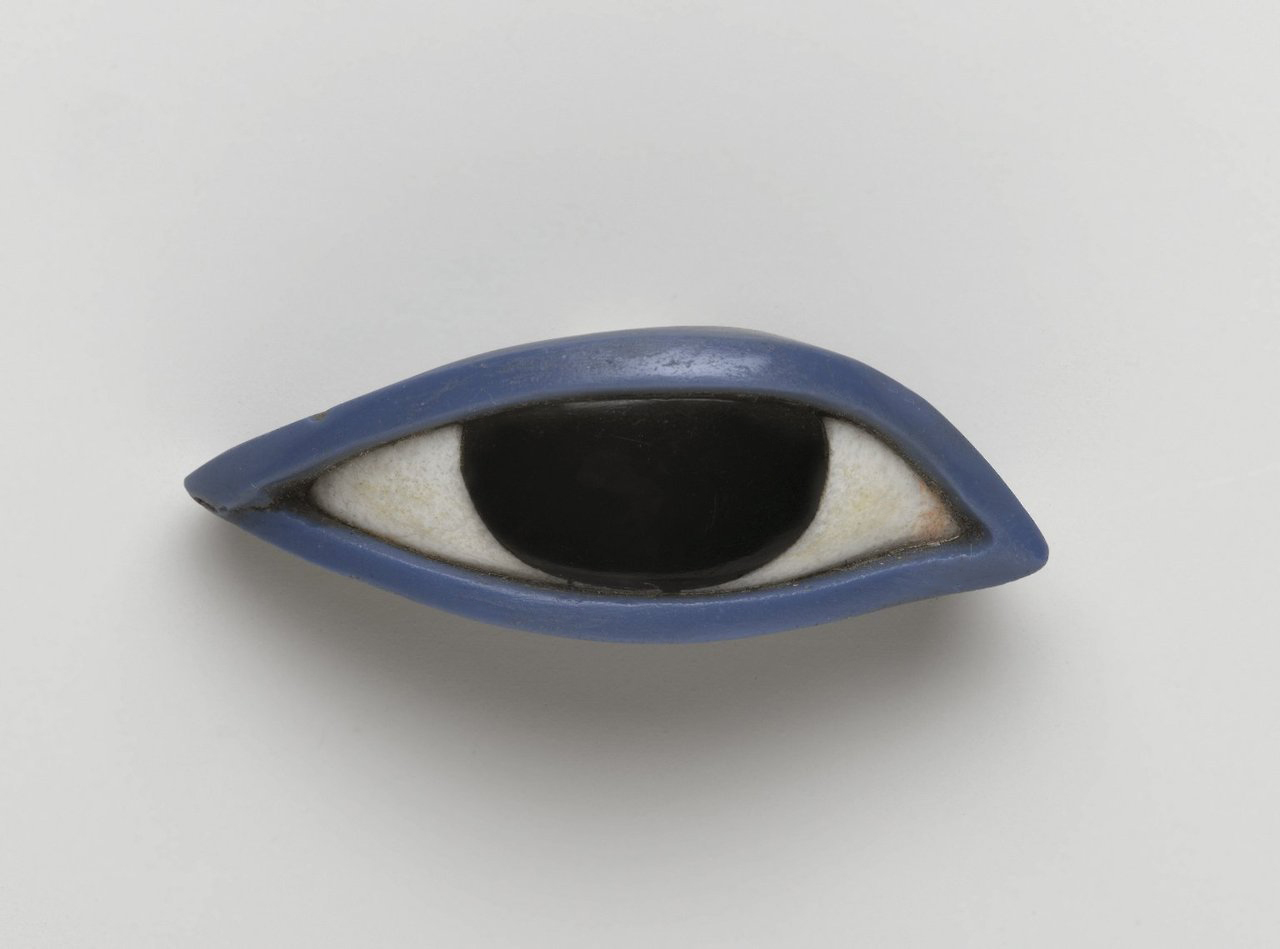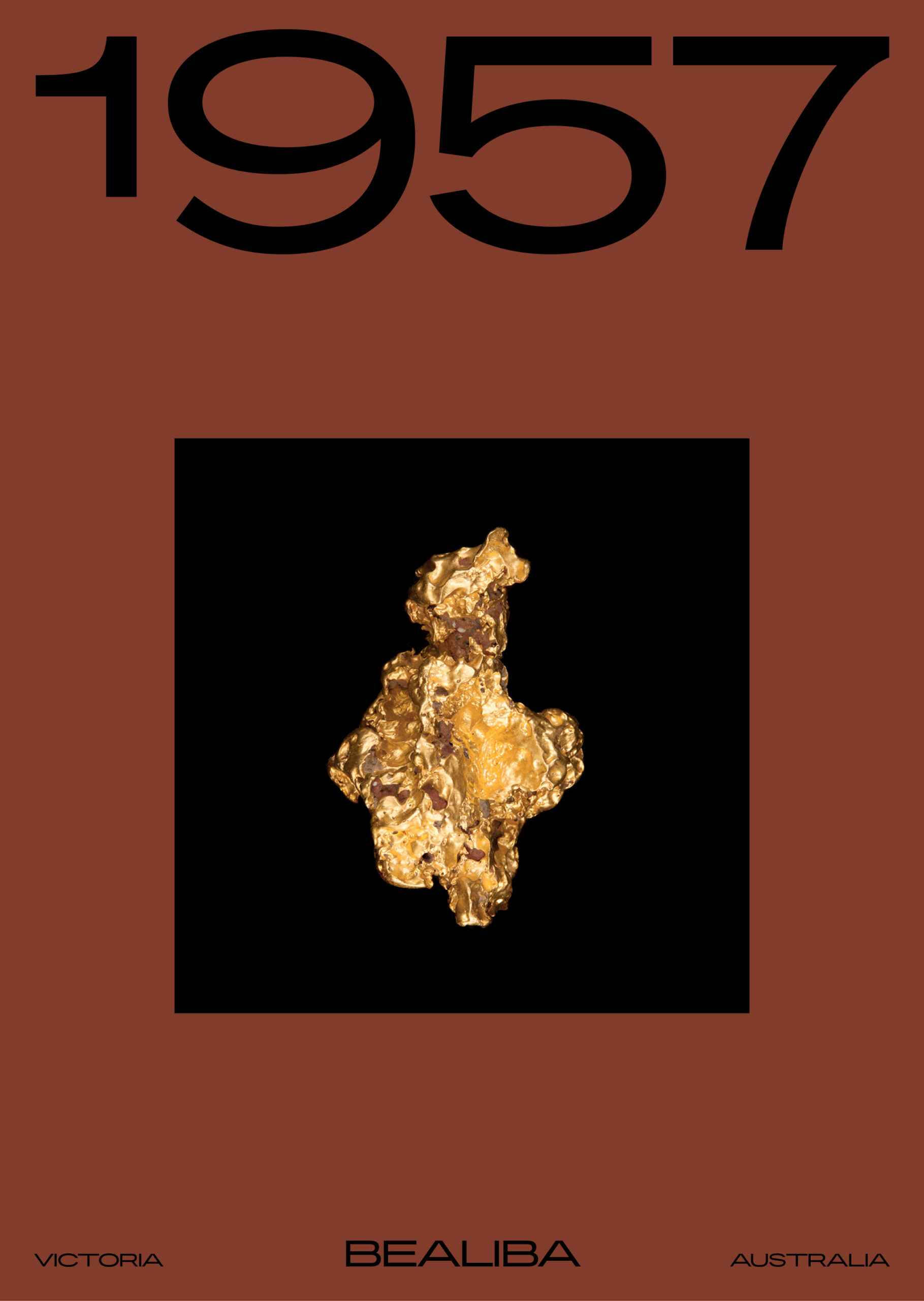Noah Webster's Impact on American Jewelry and the Standardization of the Spelling
MORE INFORMATION
Published on
13.02.2023
–
Cosmic Kiss Takes the Nebra Sky Disc to Space
NEBRA SKY DISC
Around 1600 B.C.
Courtesy of LDA Sachen-Anhalt
Photography by Juraj Lipták
When it comes to the world of fine jewelry, there is one question that has sparked debate among experts and enthusiasts alike: is it jewelry or jewellery?
Language is the dress of thought.
On one hand, “jewelry” is the preferred spelling in American English.
It is the term used by major American jewelry brands and retailers, and is widely recognized by consumers in the United States. The word is derived from the Old French “jouel,” which means “plaything.”
On the other hand, “jewellery” is the preferred spelling in British English. It is used by prominent British jewelry brands and retailers, and is well-known by consumers in the United Kingdom. The word is derived from the Old French “jouel,” which means “plaything.”
So, what is the difference between the two? Is it simply a matter of regional preference or is there more to it?
It’s worth mentioning that the debate over jewelry vs. jewellery is not a new one. In fact, it has been ongoing for centuries. One notable figure in this debate is Noah Webster, the American lexicographer and author of the first American dictionary. In his 1828 dictionary, Webster included the spelling “jewelry” as the American standard, and even included a note that the British spelling of “jewellery” was “an unnecessary and an affected variation.”
Webster’s dictionary was widely used and it helped establish the spelling of “jewelry” as the standard in American English. However, it’s worth noting that Webster’s influence on the spelling of the word may not be the only reason why “jewelry” is used in America and “jewellery” in British English, as the word has been in use for centuries before.
Some argue that “jewelry” is the more modern and streamlined spelling, reflecting the sleek and minimalist aesthetic of contemporary American jewelry design. “Jewellery,” on the other hand, is seen as more traditional and ornate, evoking the grandeur and elegance of classic British jewelry design.
Others, however, argue that the distinction is more cultural than aesthetic. They claim that “jewelry” reflects the individualism and innovation of American culture, while “jewellery” reflects the tradition and history of British culture.
Regardless of the reasons behind the difference, it is clear that both spellings have their own unique connotations and associations.
In conclusion, whether you prefer jewelry or jewellery, one thing is certain: the world of fine jewelry is rich with beauty and diversity, and there is something for everyone. And, it’s important to remember that the spelling of the word does not define the beauty and value of the jewelry.
Nebra Sky Disc: A Bronze Jewelry Masterpiece Sheds Light on Ancient Understanding of the Cosmos

Nebra Sky Disc
Photography by Juraj Lipták
Jewelry in Outer-Space
The concept of sending jewelry into outer space is not a new one, as it has been done for various purposes over the years. One example is space-themed jewelry, which has become a popular trend among jewelry makers. These pieces often feature designs inspired by astronomy and space exploration, such as planets, stars, and rocket ships. However, it is important to note that this type of jewelry is not actually sent into space, but rather is meant to evoke the excitement and mystery of the final frontier.
Another instance of jewelry being sent into space is as payloads on space shuttle missions. On some occasions, jewelry has been included in these missions for a variety of reasons, such as for scientific experiments or as personal mementos. For example, in 1991, a gold ring was sent into space aboard the space shuttle Atlantis to test new materials in the harsh environment of space.
In conclusion, while sending jewelry into outer space is not a common occurrence, it has been done for both practical and personal reasons. Whether as a representation of our fascination with the universe or as a means of testing new materials, jewelry continues to play a role in the exploration of space.
The Nebra Sky Disc is a bronze artifact that dates back to approximately 1600 BC and is considered one of the earliest known depictions of the cosmos. It was discovered in Germany in 1999 and is believed to have been used as a celestial calendar or for religious rituals. The disc features a circular plate with a blue-green patina and inlaid gold symbols that depict the sun, moon, and stars, as well as a representation of the horizon.
The Nebra Sky Disc is considered one of the most significant archaeological discoveries of the late 20th century, as it provides valuable insight into the beliefs and understanding of the cosmos in ancient cultures. It is also an important example of prehistoric metalworking, as the inlaid gold symbols demonstrate a high level of craftsmanship and technical skill. The disc is now housed in the State Museum of Prehistory in Halle, Germany, where it continues to be studied and admired by scholars and visitors alike.

Noah Webster by James Herring
NPG.67.31
National Portrait Gallery
WHO IS NOAH WEBSTER?
Noah Webster, born in 1758, was an American lexicographer, teacher, and writer. He is best known for his influential dictionary, “An American Dictionary of the English Language,” first published in 1828. This dictionary was the first to provide definitions and spellings for words specifically in American English, which until then had been largely based on British English.
Webster’s dictionary aimed to establish a distinct American language and identity, and it played a significant role in standardizing American English. The dictionary was widely used and helped to establish many American spellings and usages, such as “color” instead of “colour” and “center” instead of “centre.” Webster also wrote several other books, including “A Grammatical Institute of the English Language” which was used as a textbook for teaching reading and spelling in schools. He was a strong advocate of American education, and believed that a common language and education system was essential for a united and independent nation.
MORE EDITORIALS
| 01 |
 |
Egyptian Eye from an Anthropoid Coffin | CURIOSITIES | 01.05.2022 |

|
01.05.2022
Egyptian Eye from an Anthropoid Coffin |
|||
| 02 |
 |
The Making of a Gold Rush Town | CURIOSITIES | 01.08.2022 |

|
01.08.2022
The Making of a Gold Rush Town |
|||
| 03 |
 |
The A to Z of Jewelry | CURIOSITIES | 25.05.2022 |

|
25.05.2022
The A to Z of Jewelry |
|||
| 04 |
 |
Gold Sandals and Toe Stalls | CURIOSITIES | 02.03.2022 |

|
02.03.2022
Gold Sandals and Toe Stalls |